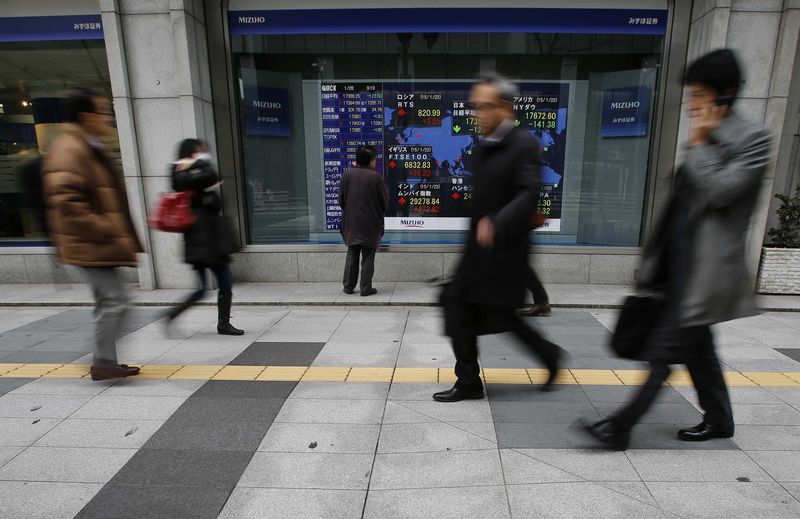Two 59%+ winners, four above 25% in Aug – How this AI model keeps picking winners
Investing.com -- William Blair has identified unattended retail, encompassing vending machines, micro markets, and smart stores, as a major yet often overlooked driver of growth in electronic payments, with implications for payment networks, acquirers, issuers, and processors.
The brokerage’s latest industry report points to expanding use-cases, higher transaction values, and growing cashless adoption as catalysts for payment volume growth.
While vending machines remain the most established channel, newer formats such as micro markets and smart stores are seeing rapid adoption, offering more products and generating higher sales per device.
Cantaloupe data show smart stores averaging $4.25 per transaction, more than double the $2.11 vending average, while micro markets can produce over three times the revenue per location.
Nayax and Cantaloupe, two pure-play providers in the space, have both reported double-digit compound annual growth in payment volume per device from 2019 to 2024. Nayax processed $4.9 billion in transactions last year, with Cantaloupe handling $3.3 billion.
William Blair maintains its “outperform” rating on Nayax, citing its target of 35% annual revenue growth and 30% adjusted EBITDA margin through 2028, while Cantaloupe holds a “market perform” rating amid its pending $945 million sale to 365 Retail.
The brokerage notes that despite electronic payments accounting for 85% of in-person dollar volume globally in 2024, cash remains dominant for low-value transactions, particularly those under $10.
In the U.S., 43% of purchases of $5 or less were still cash-based, according to Federal Reserve data. By enabling cashless transactions in these small-ticket segments, unattended retail is positioned to convert a large share of these payments to digital.
Adoption is still growing: only 44% of vending machines globally were connected for cashless payments in 2023, with Berg Insight projecting 71% by 2028.
Emerging formats are largely cashless from inception, further tilting the market toward electronic payments.
William Blair said the sector’s growth is being fueled by technology innovation, changing consumer preferences, and operator consolidation, all of which should support sustained momentum in electronic payment volumes across unattended channels.
